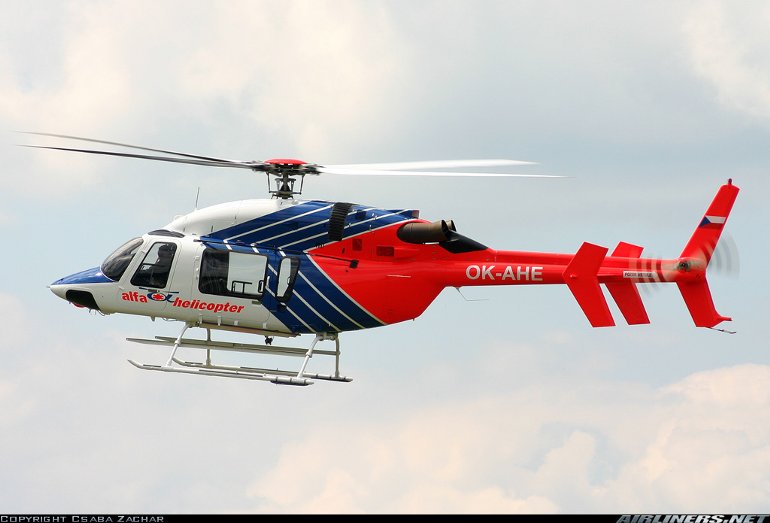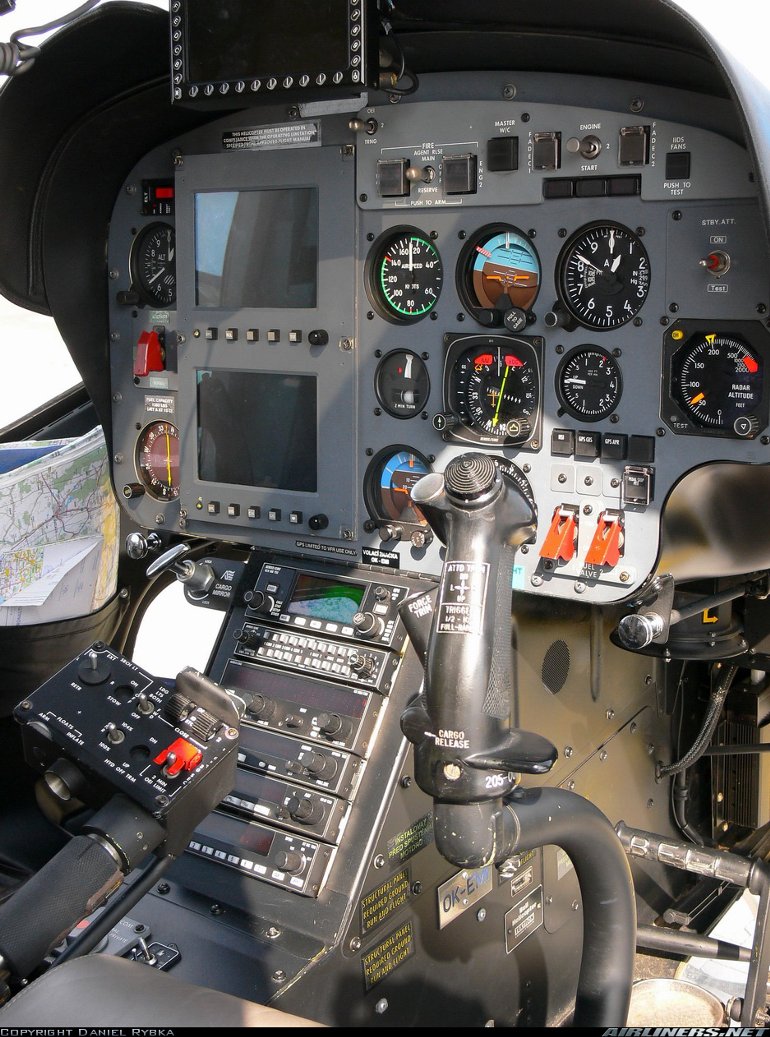Aircraft Technical Data
Bell 427


| Details | |
| Country of Origin | Canada, USA and South Korea |
| Type | Light twin utility helicopter |
| History | Bell's latest helicopter, the 427 is a replacement for the 206LT TwinRanger and the cancelled 407T, which was to be a twin engine 407 (described separately). When Bell first looked at a twin engine version of its new 407 light single, the company originally anticipated developing the 407T which would have been a relatively straightforward twin engine development (with two Allison 250-C22Bs). However, Bell concluded that the 407T would not offer sufficient payload/range performance, and so began studies of a new light twin. The result was the all new 427, which Bell announced at the Heli Expo in Dallas in February 1996. Prior to this announcement Bell had signed a collaborative partnership agreement with South Korea's Samsung Aerospace Industries covering the 427. Samsung's role on the 427 program is significant, the South Korean company builds the 427's fuselage and tailboom, and may later assemble any 427s sold in South Korea and China at its Sachon plant. (Samsung also builds the left and right fuselage halves and the tailboom for the Bell 212 and 412). Bell builds the 427's flight dynamics systems at Fort Worth in Texas, with final assembly at Bell's Mirabel, Quebec plant. The 427 was the first Bell designed entirely on computer (including using CATIA 3D modelling). Compared to the 407 the 427's cabin is 33cm (13in) longer, is largely of composite construction amd lacks the roof beam which obstructs the cabin on the 206/206L/407. Power is from two FADEC equipped Pratt & Whitney Canada PW-206 turboshafts, driving the composite four blade main rotor and two blade tail rotor (based on those on the OH-58D Kiowa and Bell 407) through a new combining gearbox. The main rotor's soft-in-plane hub features a composite flexbeam yoke and elastomeric joints, eliminating the need for lubrication and any form of maintenance. The 427's glass cockpit features an integrated instrument display system (IIDS). A hinged main cabin door is standard but a sliding door is optional. First flight was on December 11, 1997 and Canadian certification was awarded on November 19, 1999. First customer deliveries followed US certification in January 2000. US FAA dual pilot IFR certification was awarded in May 2000. |
| Powerplants | Two 456kW (611shp) takeoff rated, 405kW (543shp) max continuous rated Pratt & Whitney Canada PW-206D turboshafts driving a four blade main rotor and two blade tail rotor. |
| Performance | Max speed 255km/h (138kt), cruising speed 246km/h (133kt). Hovering ceiling in ground effect 16,000ft, out of ground effect 7500ft. Range 704km (380nm). Max endurance 4hr. |
| Weights | Empty 1743kg (3842lb), max takeoff 2880kg (6350lb). |
| Dimensions | Main rotor diameter 11.28m (37ft 0in), fuselage length 10.94m (35ft 11in). Main rotor disc area 99.9m2 (1075.2sq ft). |
| Capacity | Pilot and up to seven passengers (in a 2+3+3 arrangement), or pilot and passenger side by side with seating for four in a club configuration in main cabin. In medevac configuration two stretcher patients and two medical attendants. |
| Production | First deliveries January 2000, 10 delivered by October. Over 85 on order mid 2000. |
| Related Links | Bell 427 |
The backbone of this section is from the The International Directory of Civil Aircraft by Gerard Frawley and used with permission. To get your own copy of the book click here. |
|








